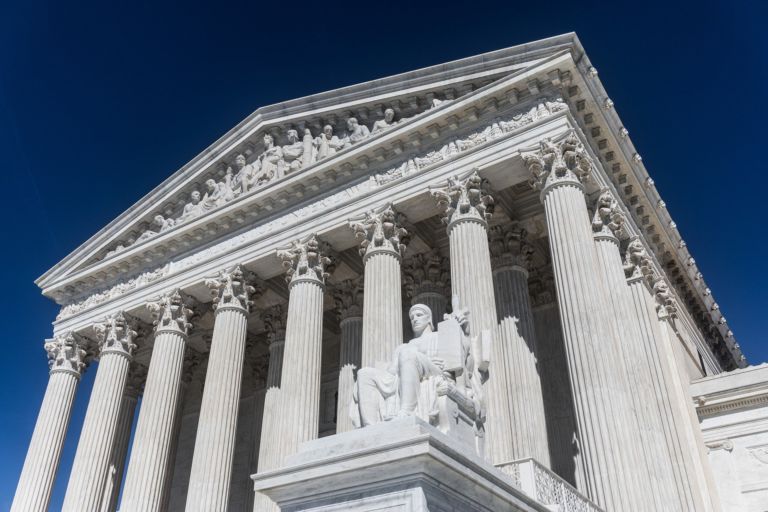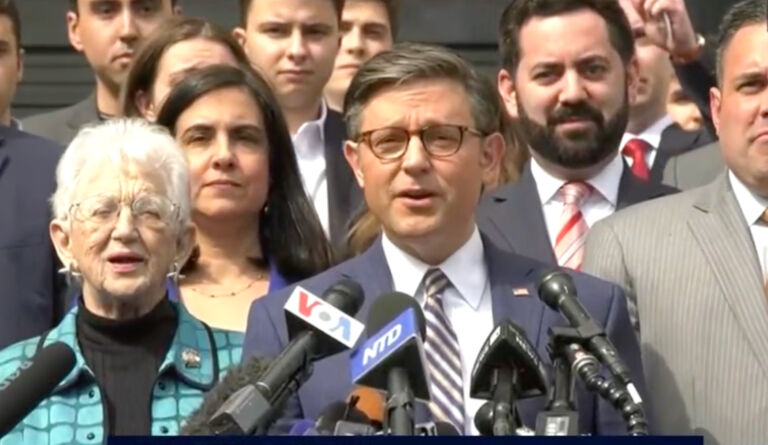For starters, high-profile developer Johnny Harris—recipient of a “Jerry Award” (that’s right–as in Panthers owner Jerry Richardson) weighs in on Raleigh’s chances for landing Amazon’s HQ2.
Harris thinks the chances are slim, because—you guessed it–Raleigh does not have light rail:
Some leaders in Charlotte were shocked the city missed the cut for Amazon’s second headquarters short list, and that the Triangle region made that list. But Harris said the Raleigh region won’t get Amazon’s second headquarters – which is expected to bring 50,000 jobs – because the area doesn’t have light rail. Harris called delays in building transit there “a huge mistake.”
“They’re not going to get Amazon, but if they had built that light rail, they would get it,” he said. Harris, a Democrat, pointed to opposition from some Republicans. “They opposed it, and it did not get built.”
I probably don’t even need to say that Harris came out in favor of Charlotte doubling its transit tax in order to further expand light rail. Regarding Amazon, Antiplanner dismissed the logic that Raleigh will miss out on HQ2 because it doesn’t have light rail. By that logic, Raleigh wouldn’t even be on the list of finalists, nor would Columbus or Indianapolis.
Antiplanner weighed in on the opening of Charlotte’s Blue Lin extension:
CATS claims that the new line will stimulate $4 billion worth of economic development in the corridor. But that’s a zero-sum game. Even if there is new development in the corridor (which will probably be due more to subsidies and changes in zoning codes), that doesn’t mean light rail is stimulating growth of the region as a whole. Instead, new development in the corridor would have taken place with or without the light rail; at most, all the rail line does is influence where the development takes place.
Compare, for example, Charlotte with Raleigh, which doesn’t have light rail. Both urban areas are about the same size and are among the fastest growing urban areas in the country. Between 2010 and 2016, Charlotte grew by 6.9 percent per year, while Raleigh grew by 7.3 percent per year. The lack of light rail doesn’t seem to have hindered Raleigh’s growth.
In short, CATS spent a lot of money on light rail when it could have had a better transit system by relying on buses. It deliberately ignored the bus alternative after 2002 even though its early studies showed that buses were not only less expensive, they would attract more riders than rail. Now the region is saddled with the high costs of operating and maintaining more miles of rail line when transit ridership is declining. This is hardly worthy of celebration.
The first graph dismisses the idea that developers should pitch in due to the fact that development along the Blue Line “was made possible by public investment,” so “it’s reasonable for the developers and others who profit from that development to put some toward the public cost.”


